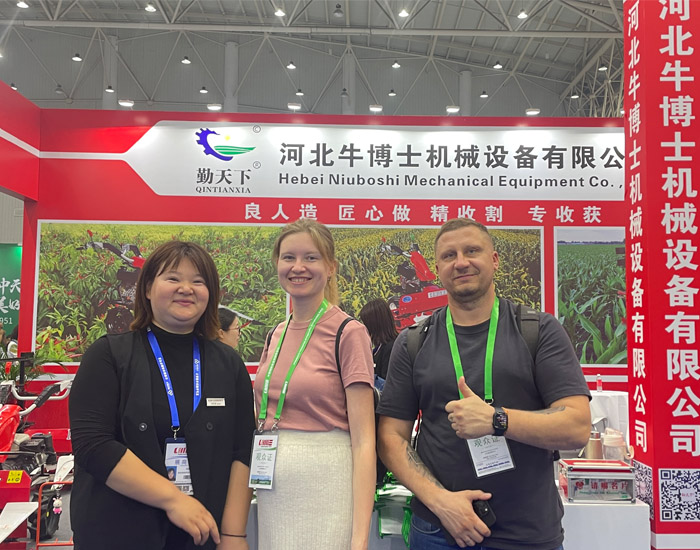Efficient and Versatile Rice Harvester for Maximum Harvesting Performance in Modern Agriculture
The Reaper Rice Harvester Revolutionizing Rice Farming
Rice is a staple food for more than half of the world's population, making its cultivation and harvest an essential aspect of global agriculture. Traditionally, harvesting rice was a labor-intensive process, often requiring a considerable amount of manpower and time. However, with advancements in agricultural technology, the introduction of the reaper rice harvester has significantly transformed the way rice is harvested, leading to increased efficiency and productivity.
The reaper rice harvester is a sophisticated piece of machinery designed specifically for rice harvesting. Its mechanism operates on a simple but effective principle cutting the rice stalks, collecting the grains, and ensuring minimal loss during the process. This technology has been a game changer, especially in countries where rice is a primary crop, such as India, China, and Indonesia.
One of the main advantages of using a reaper rice harvester is the reduction in labor costs. In many rice-growing regions, labor shortages can lead to delays in harvesting, ultimately affecting the quality and quantity of the yield. By employing a reaper harvester, farmers can significantly cut down the number of workers needed during the harvest season. Additionally, the machine can operate much faster than manual harvesting, enabling farmers to complete the harvest in a shorter time frame. This is particularly crucial in areas where rainfall patterns are unpredictable, and timely harvesting can mean the difference between a successful yield and a spoiled crop.
Besides labor efficiency, the reaper rice harvester also enhances the overall quality of the harvested rice. Manual harvesting often leads to damage to the plants and grains, resulting in lower quality produce. The reaper harvester’s design minimizes handling and reduces the chances of grain breakage, ensuring that the rice collected is of higher quality. This not only benefits the farmer economically but also impacts the end consumer who receives better-quality rice.
reaper rice harvester

Moreover, the use of a reaper harvester contributes to sustainable agricultural practices. Traditional harvesting methods can lead to significant crop wastage; however, modern machines are equipped with features that facilitate better collection, reducing losses. Additionally, by increasing efficiency, farmers can optimize their land use and engage in more sustainable farming practices that are less labor-intensive and more environmentally friendly.
Despite these advantages, the introduction of reaper rice harvesters is not without challenges. The initial investment required to purchase such machinery can be a significant hurdle for small-scale farmers. However, various governments and NGOs have initiated programs to provide financial assistance and training to farmers, helping them transition to mechanized farming methods without facing crippling debt.
Education and awareness about the benefits of reaper rice harvesters are also crucial. In some regions, cultural practices and resistance to change can hinder the adoption of new technologies. Farmers need to see the long-term benefits of using machinery in their farming operations, and success stories from early adopters can help motivate others to follow suit.
In conclusion, the reaper rice harvester represents a significant advancement in agricultural practices, particularly in the realm of rice farming. It not only streamlines the harvesting process but also contributes to economic efficiency, better-quality produce, and sustainable farming practices. As more farmers embrace innovation and technology, the future of rice cultivation looks promising, ensuring food security for millions worldwide. The challenge remains to make these technologies accessible and sustainable for all, fostering a new era in agriculture where technology and tradition can exist harmoniously.
Latest news
-
When to Upgrade Your Old Forage HarvesterNewsJun.05,2025
-
One Forage Harvester for All Your NeedsNewsJun.05,2025
-
Mastering the Grass Reaper MachineNewsJun.05,2025
-
How Small Farms Make Full Use of Wheat ReaperNewsJun.05,2025
-
Harvesting Wheat the Easy Way: Use a Mini Tractor ReaperNewsJun.05,2025
-
Growing Demand for the Mini Tractor Reaper in AsiaNewsJun.05,2025







